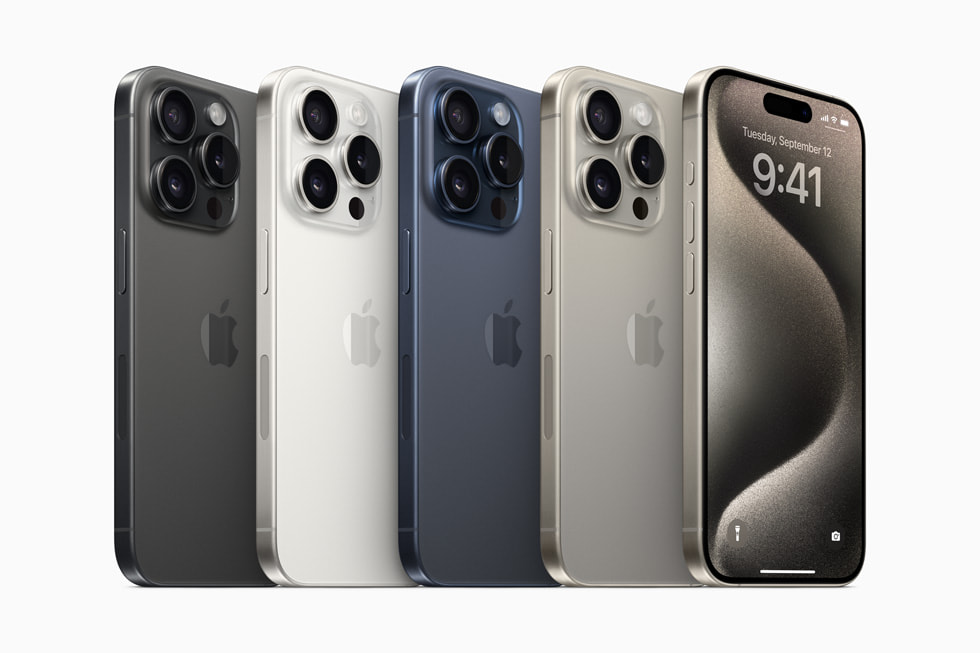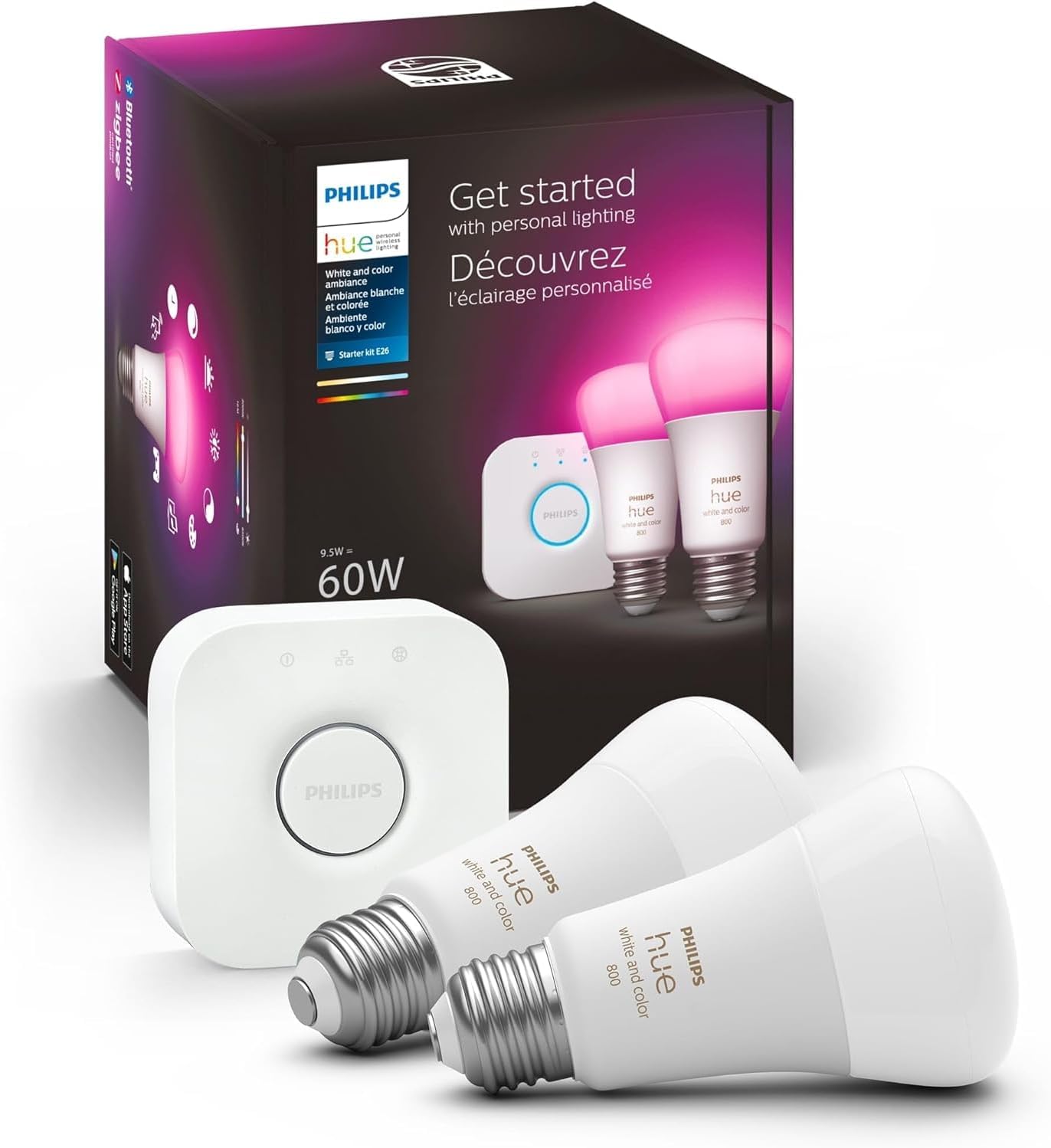In today’s tech-savvy world, choosing the right phone can be a daunting task. With a plethora of brands, models, and features to consider, it’s easy to get overwhelmed. Whether you’re looking for cutting-edge technology, user-friendly interfaces, or the best value for money, this guide will help you navigate the options and find the perfect phone for your needs.
1. Define Your Priorities
Before diving into the sea of phone brands, it’s essential to identify what matters most to you. Are you looking for a phone with an exceptional camera? Do you need a long-lasting battery for all-day use? Are you a fan of a particular operating system? Make a list of your top priorities to narrow down your options.
2. Set a Budget
Phones come in a wide range of prices, from budget-friendly models to premium devices with all the bells and whistles. Determine how much you’re willing to spend and stick to your budget. This will help you avoid being swayed by features you may not need.
3. Research the Leading Brands
Familiarize yourself with the top phone brands on the market. Each brand has its own strengths and weaknesses:
- Apple: Known for its sleek design, user-friendly interface, and seamless integration with other Apple products. Ideal for those who value simplicity and reliability.
- Samsung: Offers a wide range of models with cutting-edge technology, particularly in display quality and camera performance. Great for tech enthusiasts.
- Google: Focuses on pure Android experience and exceptional camera capabilities. Perfect for Android purists and photography lovers.
- OnePlus: Known for its powerful performance at a competitive price. A good choice for those seeking high specs without breaking the bank.
- Xiaomi: Offers feature-rich phones at affordable prices. Ideal for budget-conscious consumers.
4. Compare Specifications
Once you have a list of potential brands, compare the specifications of their latest models. Key specs to consider include:
- Processor: Determines the phone’s speed and performance.
- RAM: Affects multitasking capabilities.
- Storage: Ensure it meets your needs for apps, photos, and videos.
- Battery Life: Look for phones with long battery life, especially if you’re a heavy user.
- Display Quality: Consider the screen size, resolution, and type (LCD vs. OLED).
- Camera Quality: Pay attention to megapixels, aperture, and additional features like night mode and optical zoom.
5. Read Reviews and Ratings
User reviews and expert ratings can provide valuable insights into a phone’s performance and reliability. Websites like TechRadar, CNET, and GSMArena offer in-depth reviews and comparisons. Additionally, customer reviews on retailer sites like Amazon and Best Buy can highlight real-world experiences and potential issues.
6. Consider Software and Updates
The operating system (OS) and its updates play a crucial role in your phone’s longevity and user experience. Consider the following:
- iOS vs. Android: iOS offers a smooth and consistent experience, while Android provides more customization options.
- Software Updates: Ensure the brand regularly updates its software to enhance security and introduce new features.
7. Check for Deals and Discounts
Once you’ve shortlisted your options, keep an eye out for deals and discounts. Major sales events like Black Friday, Cyber Monday, and back-to-school promotions can offer significant savings. Additionally, consider buying from authorized retailers to ensure you receive a genuine product with a valid warranty.
8. Visit a Store and Test the Phones
If possible, visit a physical store to see and feel the phones in person. This hands-on experience can help you decide which phone feels comfortable and intuitive to use. Test the camera, navigate through the OS, and check the display quality to ensure it meets your expectations.
9. Evaluate After-Sales Support
Consider the brand’s customer service and after-sales support. A reliable warranty, easy access to service centers, and responsive customer support can make a significant difference if you encounter any issues with your phone.
10. Trust Your Instincts
Finally, trust your instincts. After conducting thorough research and comparing options, choose the phone that feels right for you. Remember, the best phone for someone else might not be the best phone for you.
Finding the best phone brand to purchase involves a mix of research, comparison, and personal preference. By defining your priorities, setting a budget, and thoroughly evaluating the options, you can confidently choose a phone that meets your needs and enhances your daily life. Happy phone shopping!












